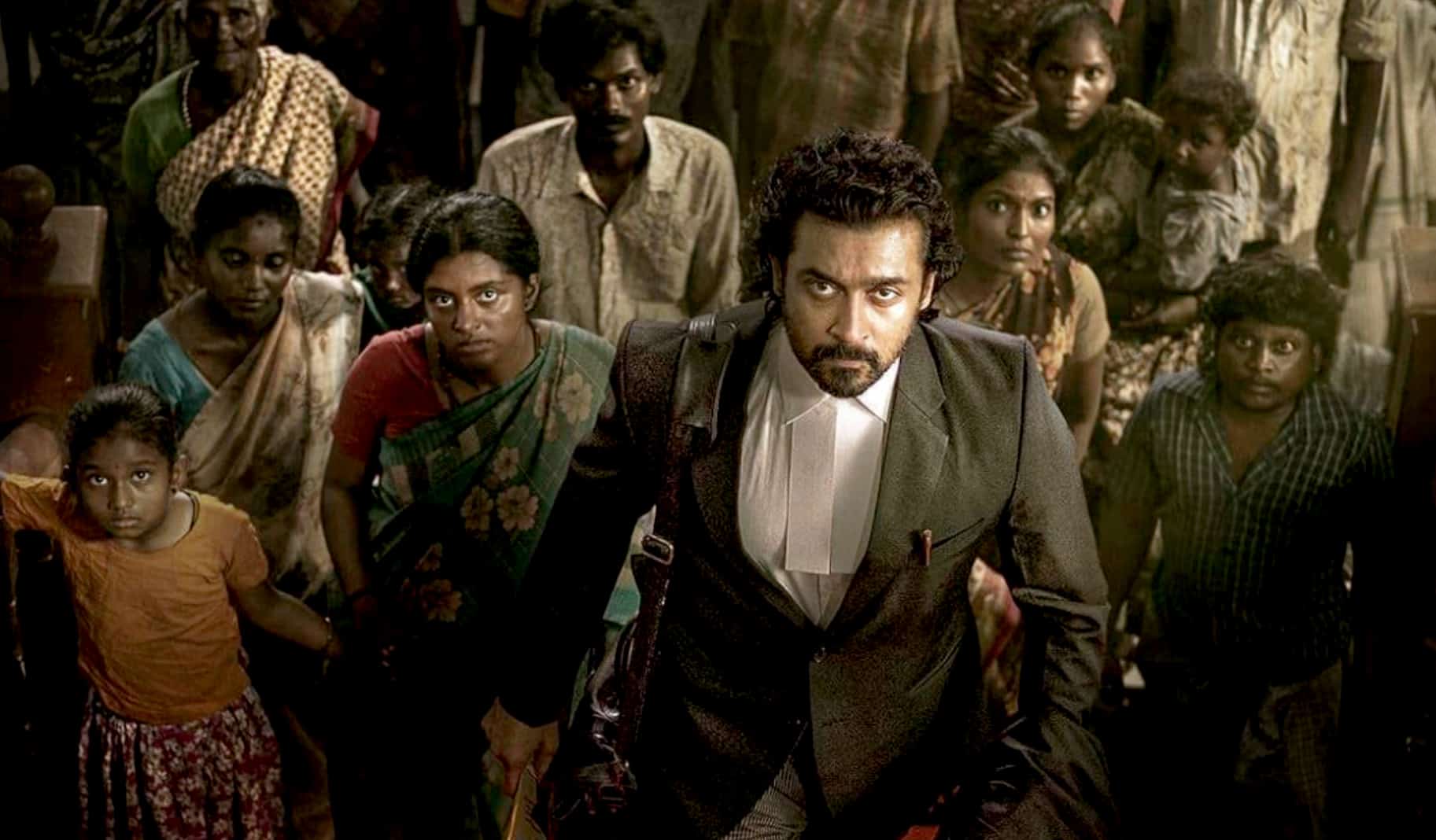With a presence in Cannes (Film Market), and a very interesting premise (a silent film comprising of three stories about women who have been raped), “White” is one of the most intriguing films coming out of Kolkatta this year.
The first tale is of a factory girl getting raped inside the work premises and her story of survival. The second tale revolves around a single mother and her inability to face her own child after the crime, with the story actually being about the child's upbringing in an orphanage and her return to her childhood home after two decades. The third revolves around a married woman (in a village) and the way her husband reacts to it.
Let me begin with some guidelines. In order for someone to understand what this film is about, one has to read some information about it beforehand, since the silent presentation is somewhat abstract and the focus is on women fighting back after the incident, and not rape per se. The second is that one has to enjoy the music that is played almost non-stop in the film, which comprises mostly of a single instrument (flute in the first and third segment and violin in the second).

Apart from the above though, Aneek implements a rather unusual narrative, which focuses on the way these women respond to their blight, but does not include anger or hate or any negative feeling for that matter, but instead highlights the fact that they have realized that life has to move on, and that they have to put their rape behind them, no matter how difficult that is. In that fashion, in the first story we watch a woman doing the chores in her house and going to work, in the second the mother tries to act as normal as possible to provide for her child, while the third shows how understanding and compassion can work wonders even in this extreme cases
One may or may not like the unusual aesthetics of the film, with the constant music and the lack of dialogues, but one thing is undeniable. Sourideb Chatterjee and Snehasis Mitra's cinematography is outstanding, with their framing and the way they use the light being impressive, as it actually forms a part of the narrative. Shibam Samanta's editing implements a very slow pace that suits the film quite nicely, while also including a memorable montage when the factory girl is looking at the mirror.
Judging a silent actor has always been difficult, and the film makes it even more hard since very little is actually happening on screen. Sayanti Chattoraj however, as the factory girl, manages to stand out, with her presentation of a woman who tries to act as normal as possible despite the fact that it is obvious she is suffering.
“White” is evidently a difficult film to watch, and I have to admit I still remain perplexed about its actual quality, with the exception of the great work done in the cinematography department. However, if one reads the notes about it first and enjoys the particular music, one will definitely discover a powerful movie, and a very interesting spectacle overall.















